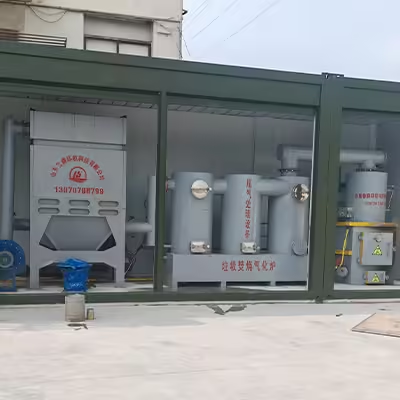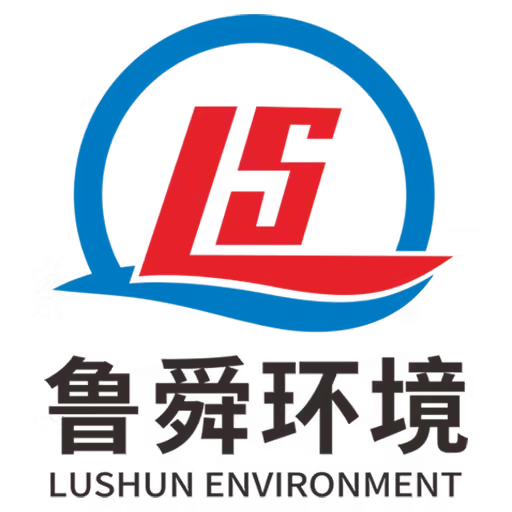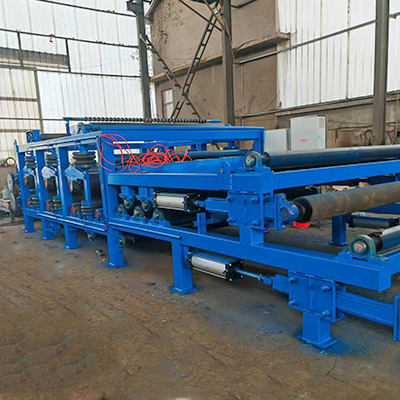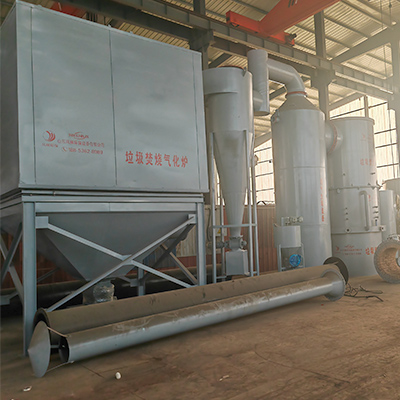Welcome to My Blog! 🌟
I’m so glad you’re here! Before we jump into the exciting content, I’d love for you to connect with me on my social media platforms. It’s where I share extra insights, interact with our amazing community, and post regular updates. Here’s how you can join the conversation:
📘 Facebook: Follow me on Facebook for more updates
Now, let’s dive into the journey ahead. I hope you find everything here both engaging and valuable. Together, let’s explore, learn, and grow! 🚀
Table of Contents
Introduction
Waste incineration involves burning waste materials at high temperatures to reduce their volume, transform them into ash, and sometimes generate electricity or heat. While this method helps in waste management, the high temperatures and toxic emissions can pose significant risks if not properly controlled. Therefore, safety waste incineration practices are crucial to protect human health, the environment, and machinery from potential hazards.
This article will outline the fundamental safety measures that should be taken into consideration in waste incineration plants. From ensuring proper equipment maintenance to environmental monitoring, these tips will help operators create a safer and more efficient incineration process.
Tip 1: Ensure Proper Equipment Maintenance and Inspection
One of the most critical safety measures for safety waste incineration is the regular maintenance and inspection of all equipment involved in the process. Incinerators work in extreme conditions, and ensuring that the machinery is functioning optimally is essential to maintaining safety standards. Incinerators have complex systems, and over time, mechanical wear, corrosion, and other forms of deterioration can lead to malfunctions, fires, or even catastrophic explosions if not properly maintained.
Key Aspects of Equipment Maintenance:
- Check combustion chambers for cracks and leaks regularly: The combustion chambers are subject to intense heat, and even minor cracks or leaks can result in dangerous gas leaks or compromised combustion efficiency. Regular inspections can prevent hazardous situations and ensure that the combustion process is complete, reducing emissions.
- Ensure air filtration systems are working efficiently to avoid the release of hazardous fumes: Air filtration systems in waste incinerators play a pivotal role in controlling airborne pollutants. These filters trap harmful particulate matter and gases that could otherwise escape into the atmosphere. Routine checks and maintenance will ensure that filters are not clogged and are operating at full capacity to safeguard the health of workers and the surrounding environment.
- Test temperature control systems to prevent overheating and fire hazards: Incinerators rely on precise temperature controls to safely burn waste at high temperatures. If temperature controls malfunction, the incinerator could overheat, leading to potential fires or the incomplete combustion of waste. Routine testing of these systems helps identify early signs of issues, allowing for timely repairs before a dangerous situation arises.
Implementing a regular maintenance schedule and conducting thorough inspections will not only enhance the safety of the incineration process but also extend the lifespan of the equipment. By addressing potential issues proactively, the risk of accidents and operational disruptions can be minimized, resulting in a more efficient and safer waste incineration process.
Tip 2: Monitor and Control Emissions

Emissions are one of the most significant environmental and safety concerns in safety waste incineration. Burning waste materials generates various gases, some of which can be toxic and harmful to the environment. Without adequate emission controls, harmful gases, including carbon monoxide, dioxins, and particulate matter, could be released into the atmosphere. These pollutants can negatively impact both human health and the environment.
To ensure safety waste incineration, it is imperative to incorporate effective measures for monitoring and controlling emissions. Emission control systems are designed to capture and neutralize harmful substances before they can escape into the air.
Important Emission Control Practices:
- Use high-efficiency filters to trap harmful particles and gases.
- Install scrubbers to neutralize acidic gases before they are released into the air.
- Regularly monitor stack emissions to ensure compliance with environmental regulations.
By ensuring that emission control systems are properly maintained and operated, the risk of toxic exposure to workers and nearby communities is significantly reduced during safety waste incineration.
Tip 3: Train and Educate Personnel on Safety Protocols
A well-trained team is essential for ensuring safety in safety waste incineration plants. All personnel involved in safety waste incineration operations should undergo rigorous training to handle the equipment, monitor operations, and respond to emergencies. Proper training is crucial in safety waste incineration because the process involves high-risk activities, including handling hazardous materials and dealing with potential fires or malfunctions. Safety waste incineration training should cover various aspects, such as fire safety, emergency procedures, and the correct handling of toxic materials to prevent incidents and ensure safe operations.
Key Training Areas:
- Fire safety protocols for handling combustion-related incidents.
- Hazardous waste management and proper handling of toxic materials.
- Emergency response training to deal with unexpected situations, such as equipment failure or fire outbreaks.
Properly trained staff can react swiftly and effectively to prevent accidents and mitigate risks in case of emergencies.
Tip 4: Implement Strict Waste Sorting and Pre-treatment Procedures

In safety waste incineration, the type of waste being burned plays a significant role in safety. Certain materials, such as plastics and metals, can cause dangerous reactions when incinerated, leading to hazardous emissions or equipment damage. To ensure safe waste incineration, it is crucial to implement strict sorting and pre-treatment procedures to separate hazardous materials from non-hazardous ones.
Waste Sorting Tips:
- Separate flammable and non-flammable materials before incineration.
- Pre-treat hazardous waste to reduce the risk of chemical reactions during incineration.
- Properly dispose of non-combustible items to avoid clogging and equipment damage.
By ensuring that only appropriate waste materials are burned, the risk of safety incidents during safety waste incineration can be reduced, leading to a smoother and safer incineration process.
Tip 5: Establish Comprehensive Emergency Protocols
Despite the best efforts in maintaining safety, accidents can still happen. That’s why it’s essential to have comprehensive emergency protocols in place in safety waste incineration facilities. These protocols should include clear evacuation procedures, fire suppression systems, and emergency contacts for quick response. Safety waste incineration plants should always be prepared for unexpected situations such as equipment malfunctions, fires, or hazardous leaks.
Key Emergency Protocols:
- Evacuation procedures to ensure quick and safe exit in case of a fire or chemical spill.
- Fire suppression systems to contain and extinguish any fires rapidly.
- Emergency contacts for immediate assistance from local authorities, fire departments, and safety specialists.
Having a well-rehearsed emergency response plan ensures that any incidents in safety waste incineration can be addressed swiftly, minimizing the risks to human health and safety.
Environmental and Operational Benefits of Safe Waste Incineration


Effective safety waste incineration practices not only protect human health but also offer several operational and environmental benefits. By preventing accidents and minimizing emissions, waste incineration can become a sustainable solution for waste disposal. Additionally, safety measures in place can improve the efficiency of the incineration process, leading to cost savings in terms of energy consumption and machinery repair costs.
Table: Comparison of Waste Incineration Safety Features
| Feature | Importance in Safety Waste Incineration | Key Benefits |
|---|---|---|
| Regular Equipment Inspection | Ensures optimal operation and prevents malfunctions | Reduced risk of fires, explosions, and machinery failure |
| Emission Control Systems | Minimizes harmful emissions to protect health and environment | Cleaner air, reduced health risks, regulatory compliance |
| Personnel Training | Enhances readiness for emergencies and safety protocol knowledge | Fewer accidents, quick response to hazardous situations |
| Waste Sorting and Pre-treatment | Prevents hazardous materials from causing dangerous reactions | Safe operation, reduced emissions, and equipment damage |
| Emergency Protocols | Prepares the facility for unexpected situations | Fast incident management, minimal downtime, and improved safety |
Conclusion
Safety waste incineration is an essential aspect of modern waste management. By following these five essential safety tips, waste incineration plants can reduce risks, improve efficiency, and minimize environmental harm. Regular equipment maintenance, emission control, personnel training, waste sorting, and emergency preparedness are all critical elements of a safe incineration process.
Implementing these safety measures helps ensure that waste incineration remains a reliable and environmentally-friendly solution for waste disposal. As the industry continues to grow, the importance of safe practices cannot be overstated, and investing in safety will pay off in the long run.
FAQ
Why is safety important in waste incineration?
Safety is crucial in waste incineration to prevent accidents, reduce harmful emissions, and protect both workers and the environment from hazardous materials.
How often should equipment in waste incineration plants be inspected?
Equipment should be inspected regularly, ideally on a monthly basis, with more thorough checks conducted during maintenance periods.
What are the key factors in ensuring safe waste incineration?
Key factors include equipment maintenance, emission control, personnel training, waste sorting, and emergency preparedness.
What happens if the waste is not sorted correctly before incineration?
Incorrect waste sorting can lead to dangerous chemical reactions, toxic emissions, and equipment malfunctions during the incineration process.
How can personnel be trained for safety in waste incineration plants?
Personnel should undergo regular safety training covering fire safety, hazardous waste management, emergency procedures, and equipment operation.






